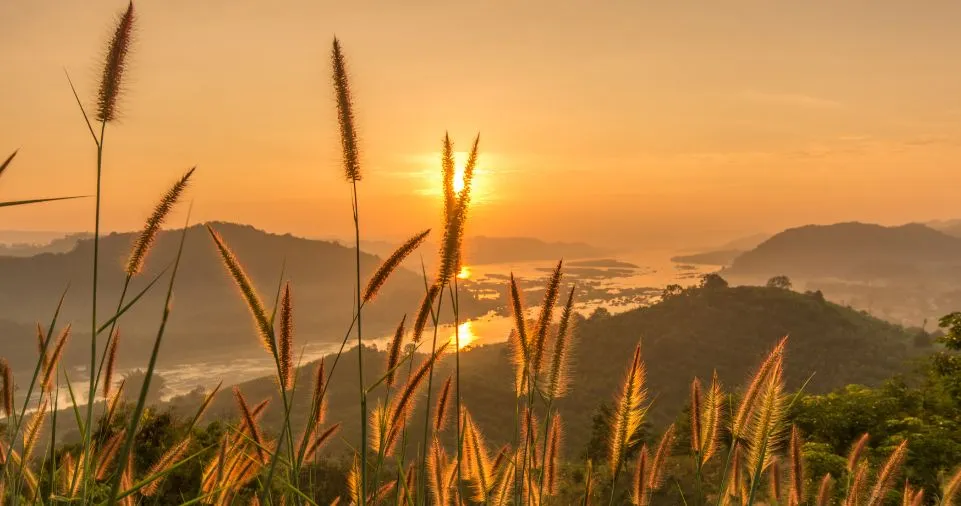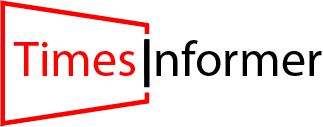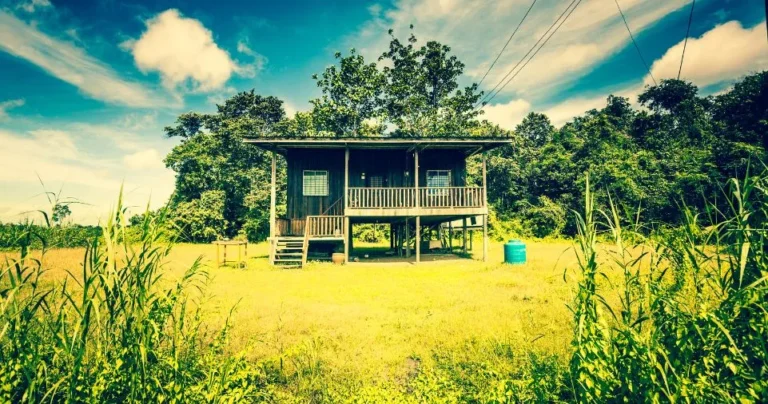As the world faces increasing challenges from climate change and environmental degradation, the need for sustainable practices across all industries is more pressing than ever.
Landscaping, a field traditionally associated with high water consumption and chemical use, is now undergoing a revolutionary shift.
Enter Bekirturf, a pioneering approach to sustainable landscaping that promises to reshape our green spaces for the better.
This article explores the concept of Bekirturf, its benefits, implementation strategies, and its potential to create environmentally friendly landscapes.
What is Bekirturf?
Bekirturf is a groundbreaking landscaping method that mimics natural ecosystems while providing visually appealing and functional green spaces.
Unlike conventional lawns, which typically rely on a single type of grass requiring intensive maintenance, Bekirturf incorporates a diverse mix of native plants, grasses, and groundcovers.
This diversity enhances the landscape’s aesthetic appeal and promotes biodiversity, resilience, and sustainability.
The core principle of Bekirturf is to create a self-sustaining ecosystem that requires minimal inputs in terms of water, fertilizers, and pesticides.
By using native species adapted to the local climate and soil conditions, Bekirturf landscapes are more drought-tolerant, pest-resistant, and capable of thriving with little human intervention.
The Benefits of Bekirturf
Environmental Benefits
One of the most significant advantages of Bekirturf is its positive environmental impact. Traditional lawns are notorious for their high water consumption, often requiring up to 10,000 gallons of water annually.
In contrast, Bekirturf landscapes can reduce water usage by up to 50% or more, as native plants are well-adapted to local precipitation patterns and soil moisture levels.
This reduction in water usage is particularly crucial in regions facing water scarcity and drought conditions.
Moreover, Bekirturf eliminates the need for chemical fertilizers and pesticides, which can leach into soil and water systems, causing pollution and harming wildlife.
The diverse plant mix in Bekirturf naturally supports beneficial insects and wildlife, promoting a balanced ecosystem that controls pests and enhances pollination.
Economic Benefits
Bekirturf offers substantial savings on maintenance costs from an economic perspective. Traditional lawns require regular mowing, fertilizing, and pest control, leading to ongoing expenses.
Bekirturf landscapes, on the other hand, are designed to be low-maintenance, reducing the need for frequent mowing and chemical treatments.
Over time, this translates into significant cost savings for homeowners, businesses, and municipalities.
Additionally, Bekirturf can increase property values by enhancing curb appeal and providing a unique, attractive landscape that stands out in the neighborhood.
As awareness of environmental issues grows, properties featuring sustainable landscaping will likely become more desirable and valuable.
Aesthetic and Recreational Benefits
Aesthetically, Bekirturf offers a refreshing alternative to the monotonous green expanse of traditional lawns. The mix of native plants, grasses, and groundcovers creates a dynamic and visually appealing landscape that changes with the seasons.
This variety can include flowering plants, colorful foliage, and different textures, making Bekirturf landscapes more exciting and engaging.
Bekirturf landscapes can also provide recreational benefits. They can be designed to include walking paths, seating areas, and spaces for outdoor activities, making them ideal for parks, schools, and residential areas.
Using native plants can also create habitats for birds, butterflies, and other wildlife, enhancing the experience of spending time in these spaces.
Implementing Bekirturf: A Step-by-Step Guide

Step 1: Site Assessment and Planning
The first step in implementing Bekirturf is conducting a thorough site assessment. This involves evaluating the soil type, drainage patterns, sunlight exposure, and existing vegetation.
Understanding these factors is crucial for selecting the right mix of native plants that will thrive in the site’s specific conditions.
Step 2: Soil Preparation
Healthy soil is the foundation of a thriving Bekirturf landscape. Depending on the site assessment, soil amendments such as compost or organic matter may be needed to improve soil structure and fertility.
In some cases, addressing issues such as compaction or poor drainage may also be necessary.
Step 3: Plant Selection
Selecting the right plants is a critical component of Bekirturf. The goal is to choose a diverse mix of native species that complement each other and provide year-round interest.
This can include various grasses, wildflowers, shrubs, and groundcovers. Consulting with local native plant societies or extension services can provide valuable guidance on the best species for the area.
Step 4: Planting and Mulching
Once the plants have been selected, the next step is planting. Proper planting techniques are important to ensure the plants establish well.
This includes spacing the plants appropriately, planting at the correct depth, and providing adequate water during the establishment phase.
Applying a layer of organic mulch around the plants helps retain soil moisture, suppress weeds, and gradually improve soil health as it decomposes.
Step 5: Establishment and Maintenance
During the first few months, newly planted Bekirturf landscapes may require regular watering to help the plants establish their root systems.
However, once established, the maintenance requirements are minimal. Periodic weeding, occasional pruning, and supplemental watering during extended dry periods are usually sufficient to keep the landscape healthy and vibrant.
Success Stories: Bekirturf in Action
Case Study 1: Residential Transformation
In a suburban neighborhood plagued by water restrictions and rising utility costs, one homeowner decided to replace their traditional lawn with Bekirturf.
After conducting a site assessment, they selected a mix of drought-tolerant grasses, wildflowers, and shrubs native to their region. Within a year, the new landscape required significantly less water and maintenance.
The homeowner saw a reduction in their water bills and enjoyed a beautiful, ever-changing garden that attracted local wildlife.
Case Study 2: Public Park Revitalization
A city park known for its high maintenance costs and chemical usage underwent a complete transformation with Bekirturf.
The park’s management team worked with local ecologists to design a sustainable landscape that featured native plants and natural drainage systems.
The new park design reduced water consumption by 60%, eliminated the need for chemical treatments, and became a haven for birds and pollinators.
The park’s popularity soared, attracting more visitors and receiving praise for its environmental stewardship.
Case Study 3: Corporate Campus Enhancement
A forward-thinking corporation sought to enhance its corporate campus with sustainable landscaping practices.
By implementing Bekirturf, they created an eco-friendly environment, reflecting their commitment to sustainability. The diverse plantings reduced maintenance costs and provided employees with a serene and inviting outdoor space for breaks and meetings.
The project recognized the company’s green initiatives and contributed to a positive corporate image.
Challenges and Considerations
Initial Investment
While Bekirturf offers long-term savings, the initial investment can be higher than that of traditional landscaping. Site assessment, soil preparation, and plant installation costs can add up.
However, many advocates argue that the long-term benefits far outweigh the upfront expenses, making it a worthwhile investment.
Education and Awareness
Another challenge is the need for education and awareness about Bekirturf. Many people need to become more familiar with the concept and may hesitate to move away from conventional lawns.
Public education campaigns, workshops, and demonstration gardens can raise awareness and showcase the benefits of Bekirturf.
Local Regulations
In some areas, local regulations and homeowner association rules may restrict the types of landscaping allowed. It’s essential to check with local authorities and obtain necessary permits before implementing Bekirturf.
Working with local officials and advocating for changes in regulations can also help pave the way for more widespread adoption of sustainable landscaping practices.
The Future of Bekirturf
As the world continues to prioritize sustainability and environmental stewardship, the future of Bekirturf looks promising. Advances in plant science and landscape design are continually improving the effectiveness and appeal of this approach.
Researchers are developing new cultivars of native plants that are even more resilient and adaptable, while landscape architects are finding innovative ways to integrate Bekirturf into urban and suburban settings.
Moreover, as more success stories emerge and the benefits of Bekirturf become widely recognized, demand for sustainable landscaping solutions will likely grow.
This could lead to increased availability of native plants, better resources for homeowners and landscapers, and greater support from policymakers and community leaders.
ALSO READ:
Conclusion
Bekirturf represents a paradigm shift in landscaping, offering a sustainable, low-maintenance, and aesthetically pleasing alternative to traditional lawns.
By embracing native plants and creating self-sustaining ecosystems, Bekirturf landscapes conserve water, reduce chemical usage, support biodiversity, and save money.
As more individuals, businesses, and communities adopt this innovative approach, we can look forward to a greener, healthier, and more resilient future for our green spaces.
Whether you’re a homeowner looking to reduce your environmental footprint, a city planner aiming to create sustainable public spaces, or a business seeking to enhance your corporate campus, Bekirturf provides a compelling solution for the challenges of modern landscaping.

